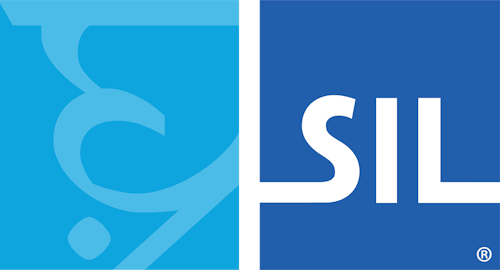Shaw QWERTY Keyboard Help
The Shavian alphabet is an alternative, phonemic way to write English. The alphabet takes its name from Irish writer Bernard Shaw who inspired and posthumously funded it. Shaw believed there should be a simpler way to write English. His wish was fulfilled in 1962 following a worldwide competition. The winner of that competition, Kingsley Read, developed an alphabet designed especially for English, with a unique letter for each of the 40 or so basic sounds we all use today.

For further information about the Shavian alphabet visit Shavian.info.
Desktop and onscreen layouts
The desktop and onscreen layouts are identical, and are based on the pre–Unicode ASCII mapping of the Shavian alphabet. Shaw QWERTY is a transitional keyboard for those who prefer the relative familiarity of a QWERTY–like keyboard, with all the compromises that entails.
A number of letters may be found by holding down SHIFT.
Latin letters, and the standard US English QWERTY keyboard, may be accessed by pressing CAPS LOCK, with capital letters then entered the usual way by holding down SHIFT. To return to Shavian, simply turn off CAPS LOCK.
Phone and tablet layouts
The layouts for phone and tablet are substantially similar to each other, and are based on the desktop layout with some tweaks to avoid the keys becoming too small. Unlike the desktop keyboard, additional letters are produced by holding down (long hold) keys.
Pressing the [123] key will bring up the numbers and a range of symbols, arranged in a similar layout to the standard iOS keyboard.
Pressing the [abc] key will bring up a standard US English QWERTY layout keyboard to allow typing in the Latin alphabet. Long hold keys allow the entry of a selection of diacritics, common International Phonetic Alphabet symbols used for English, as well as Esperanto letters (for those interested in Shavian for Esperanto, the Ŝava alfabeto).
All Documentation Versions
- Shaw QWERTY Keyboard Help 1.2
- Shaw QWERTY Keyboard Help 1.1.1
- Shaw QWERTY Keyboard Help 1.1
- Shaw QWERTY Keyboard Help 1.0




